The mere mention of 20-minute neighbourhoods seems to strike a chord of fear in some people.
There are public figures, politicians and admittedly, conspiracy theorists, who argue the concept will restrict movement and cause isolation.
A new Dundee University guide is hoping to counter some of these arguments and the toxic debate 20-minute neighbourhoods seem to provoke.
The discussion is around areas where you can get all you need within a short walk, cycle or public transport journey.
‘Understanding the 20-minute Neighbourhood – Making opportunities for people to live well locally’ has been written by Dr Husam AlWaer.
He is a reader in sustainable urban design at the university’s Jordanstone College of Art & Design.
“Always with any revolutionary thinking you always have a counter to that and that can be linked to a conspiracy theory”, he says.
“That’s what I call fear versus hope. We are hoping that it is meeting the carbon target in this country, promoting quality of life and healthier people.
“But there is a fear that it will create isolated areas. That you are controlling people’s freedom of movement and choices – or that you will create a war against the car.
“This report becomes timely in order to clarify it clearly to the public, politicians and those responsible for policy or even delivery on the ground – or those receiving them.”
What is a 20-minute neighbourhood?
A 20-minute neighbourhood is an area which allows people to reach key amenities within 20 minutes from their homes without having to use a car.
These journeys could be completed by cycling, walking, or by using public transport.
The neighbourhoods also aim to have affordable housing options, as well as nearby workspaces and green spaces.
Advocates of them want to remove the necessity of long journeys to reach schools, shops, GPs and restaurants.
Elsewhere, you might have heard of 15-minute cities, which is essentially the same concept.
However, neither are new concepts and they can be seen in how urban areas were previously designed a few decades ago.
According to the Scottish Government it is “designed in such a way that people can meet the majority of their daily needs within a reasonable walk, wheel or cycle.”
North-East Scotland’s green MSP, Maggie Chapman is also supportive.
“One of the great problems has been the shift away from community spaces and places”, she says.
“Nobody asked us to shut down the high streets, local grocery shops or clothing stores.
“And nobody asked us if we were happy about the consequences of that – having to rely on cars and inaccessible ways of moving around.”
“It will improve air quality and reduce the number of hours people have to spend in vehicles.”
How will backers change minds on 20-minute neighbourhoods?
In October 2023, West Aberdeenshire MP Andrew Bowie criticised 15-minute cities.
He argued people were concerned about residents not being able to choose where they access services.
Mr Bowie also argued that the model will “infringe” on people’s freedoms.
This echoes much of the related discussion on social media, which can be a lot more extreme.
Therefore, 20-minute neighbourhoods backers are going to have to find a way to get members of the public on board with their proposals.
“There is quite a lot of scaremongering and you hear the phrase ‘climate lockdown’”, adds Ms Chapman.
“And the claims that people are going to be locked in their homes. That is patently nonsense.”
“We need to be talking about the benefits of building a community, which has facilities that are accessible and easy to get to for everyone.”
Dr AlWaer also recognises the importance of providing clarity and insists that 20-minute neighbourhoods are not a restrictive idea.
“It is a true opportunity to cater for all and bring everyone on board”, he says.
“You need to make the built environment and infrastructure around it appealing to get the buy-in.”
What did we learn at the launch event?
The guide was launched in April as 10 panellists and a sell-out crowd gathered at the V&A Dundee.
The recommendations it makes have been based on research from Dundee, Angus and Perth and several other areas of Scotland.
Postgraduate students from the university helped to collect this evidence.
Dr AlWaer spoke passionately on 20-minute neighbourhoods at the event.
He highlighted the environmental, economic and health benefits of 20-minute neighbourhoods.
This as well as giving an insight into the new guide: ‘Understanding the 20-minute Neighbourhood’.
It tells us that children’s playing areas, green space and a bus stop should be within a 5-minute walking distance of a home.
Amenities such as shops, primary schools and medical centres should then be in reach after 10 minutes of travel.
Leonie Bell is the director of the V&A Dundee and was a panellist at the event.
She returned to Dundee three years ago, having grown up in the city during the 1970s.
“I can cycle from my home within 20 minutes, but not everybody in the city has this experience”, says Ms Bell.
“We could create a better city. The old Dundee was designed around textile mills and docks.
“Much of modern Dundee was re-designed around the roads in the 1960s.
“This means some neighbourhoods are physically censored from each other. And from the city centre and the waterfront.”
Where is there potential for 20-minute neighbourhoods in Dundee?
Ms Bell continues: “V&A Dundee is part of many 20-minute neighbourhoods in this city. They overlap and they are not distinct.
“We don’t call out bad design nearly enough and we prioritise short-term cost saving over long-term ambition.”
Broughty Ferry has previously been highlighted as one of the best examples of an existing 20-minute neighbourhood in Scotland.
“The car is not a huge issue there and it’s a very dense area”, says Dr AlWaer.
“But it still works perfectly in terms of the quality of spaces, the high street feeling, sharing of resources and social interactions.”
However, adapting more rural areas of Angus, Fife and Perthshire to this framework could prove more challenging.
“It’s so important to see if we can sometimes grow and cluster little satellite villages by improving the connectivity and connections”, adds Dr AlWaer.
“(This) through the public transport system, types of active travel and the concept of a mobility hub.”
In 2023 Fife Council committed to promoting a “living well, locally approach” as part of its local development plan.
This aims to create communities where residents can achieve most of their daily tasks within a “reasonable” walking or cycling distance.
The SNP has backed the idea and the Scottish Government has also published guidance on 20-minute neighbourhoods.
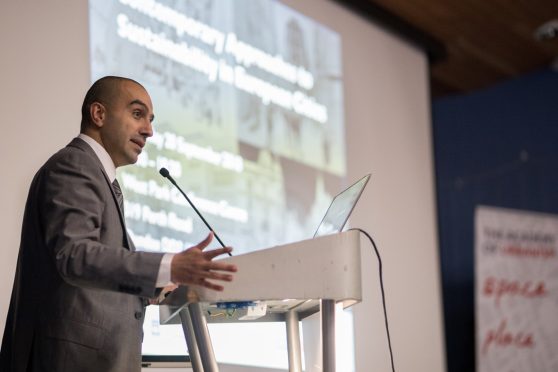
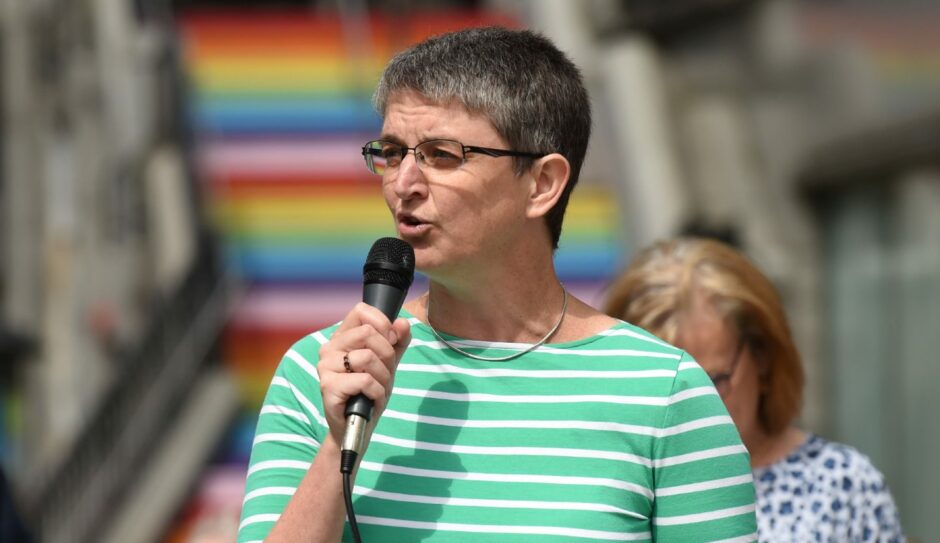
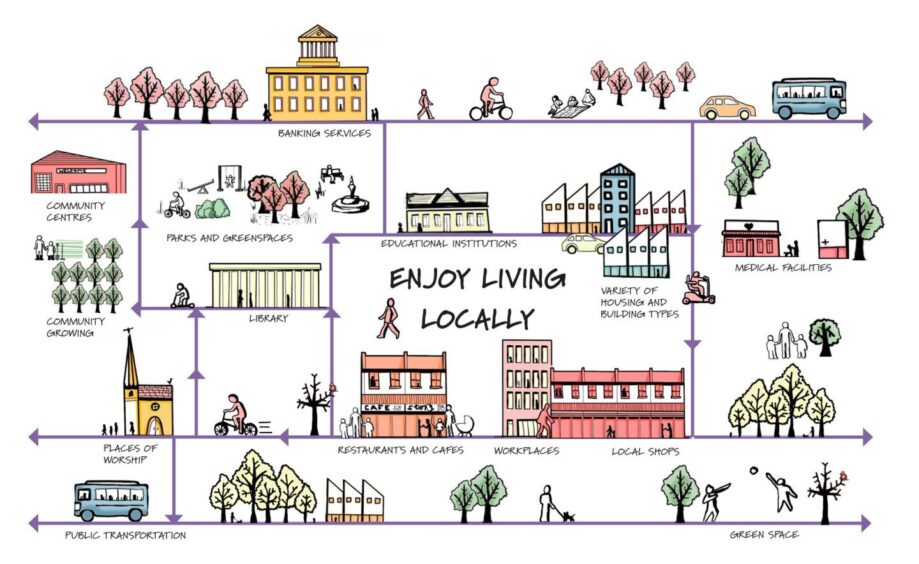
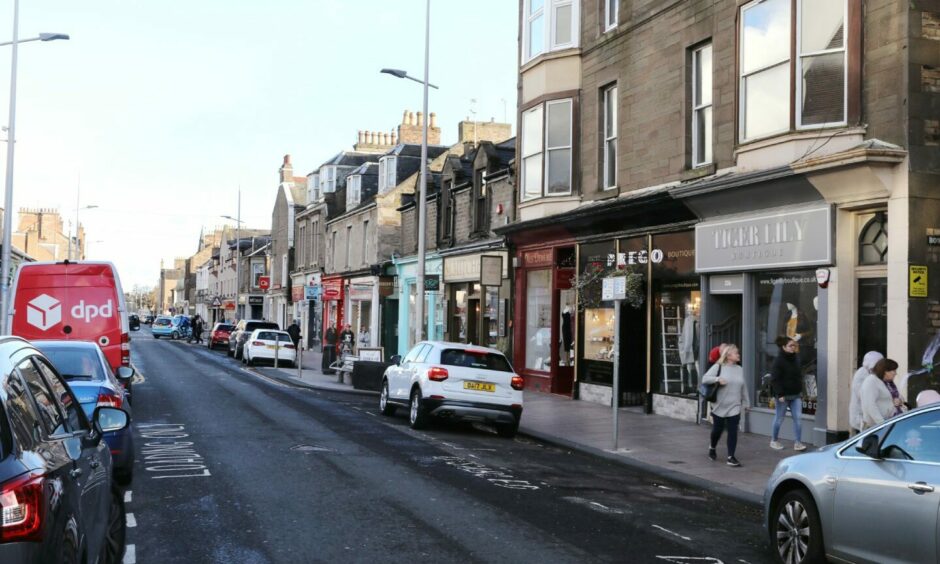







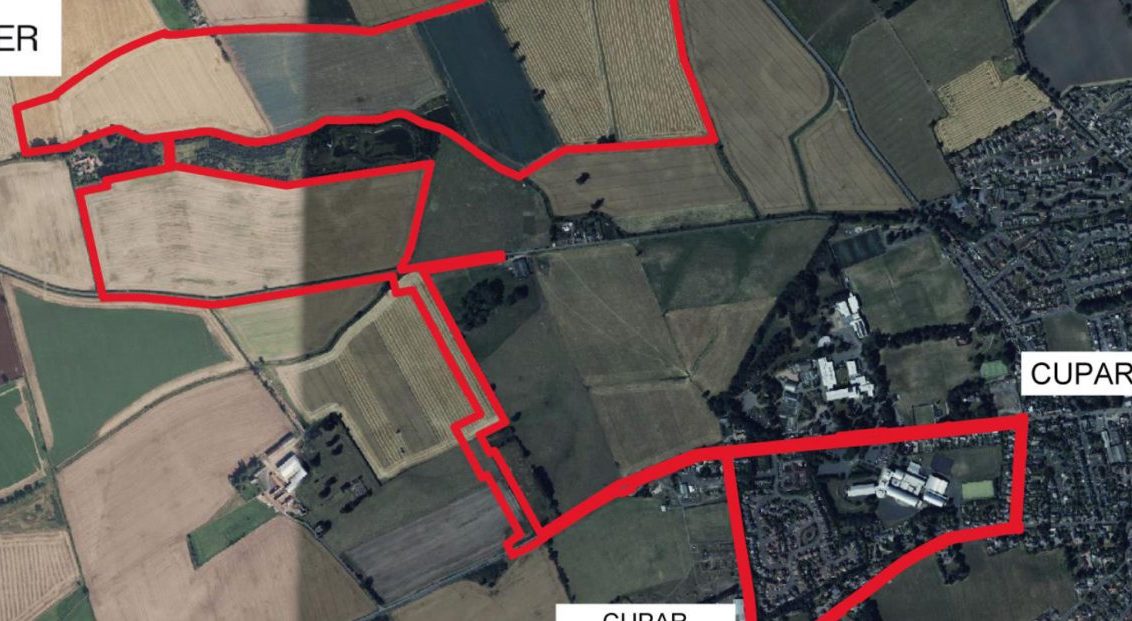
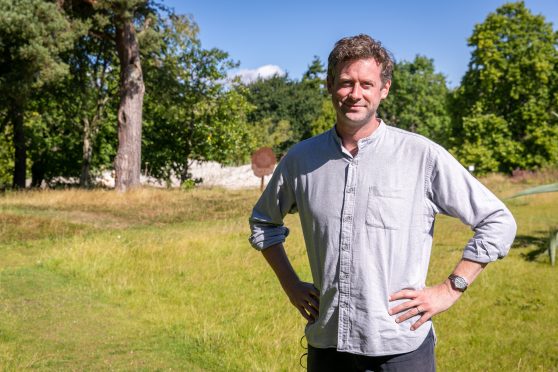
Conversation